Some might take offence to this; but I know nothing about cricket. I grew up being quite disinterested in the sport, but as an adult I’ve been feeling so much FOMO for not knowing much about cricket. Especially right now, as I’ve been seeing my dad, friends, colleagues etc all talk excitedly about the ODI World Cup! So, I went on a quest to understand the gentlemen’s sport a little better, and have come out the other end with a simple guide for others like me, people who want to start their journey with cricket.
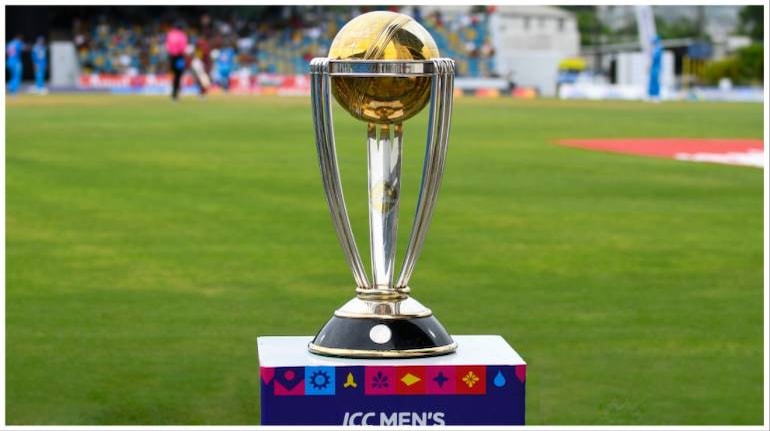
Here, read on to know more:
1. The first World Cup was organised by England in 1975.
2. The governing body responsible for organising the event is called the International Cricket Council (ICC).
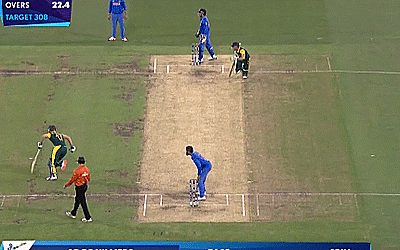
3. The ODI World Cup takes place every four years.
4. This format involves a qualification phase which leads upto a final tournament among the top 10 teams.
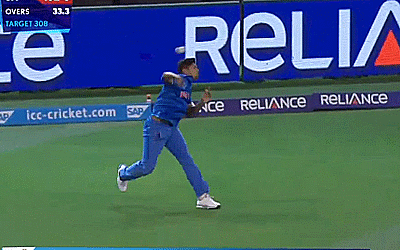
5. The qualification phase starts three years before the final tournament.
6. In the 2027 edition, the format will be changed to accommodate a 14-team final competition.
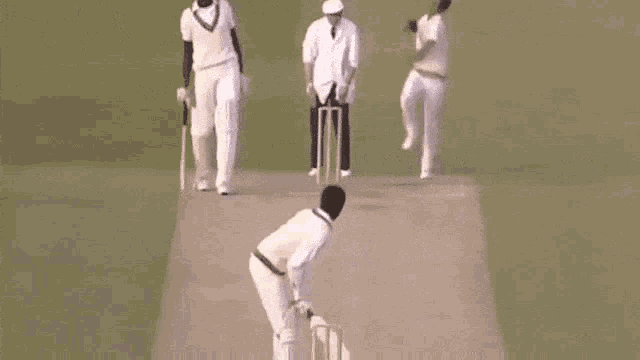
7. There are three formats of cricket played at the international level – Test matches, One-Day Internationals and Twenty20 Internationals.
8. One Day Internationals (AKA ODIs) have a faster paced match format than Test matches. Where Test matches are a five-day format, ODIs are a one-day format. And where Test matches take place with approximately 450 overs, ODIs take place with 50 overs.
Side Note: An over is a set of six deliveries by the bowler, across the pitch to the batsman.
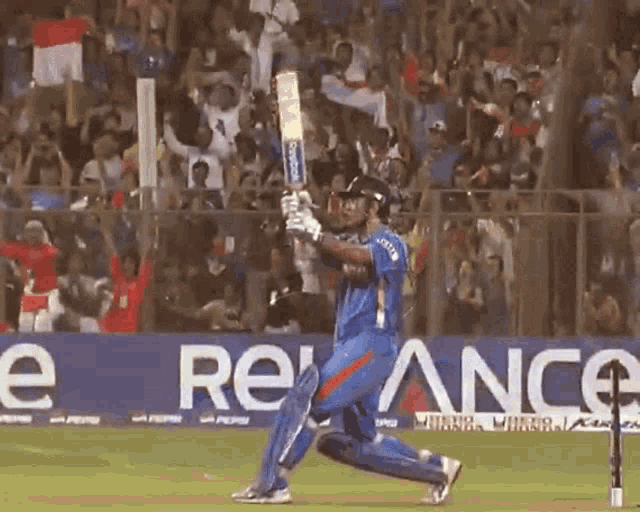
9. The International Cricket Council (ICC) decides which teams have ODI status.
10. Currently, twelve Test-playing nations (which are also the twelve full members of the ICC) have permanent ODI status.
The teams that have permanent ODI status include: Australia (5 January 1971), England (5 January 1971), New Zealand (11 February 1973), Pakistan (11 February 1973), West Indies (5 September 1973), India (13 July 1974), Sri Linka (13 February 1982), South Africa (10 November 1991), Zimbabwe (25 October 1992), Bangladesh (10 October 1997), Afghanistan (5 December 2017) and Ireland (5 December 2017).
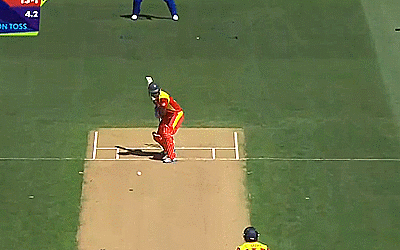
11. The ICC has also granted temporary ODI status to eight other teams (known as Associate Members).
The teams that have been granted temporary status include more recently: Scotland (from 27 June 2006 until the 2023 Cricket World Cup Qualifier), United Arab Emirates (from 1 February 2014 until the 2023 Cricket World Cup Qualifier), Nepal (from 1 August 2018 until the 2023 Cricket World Cup Qualifier), Netherlands (from 1 August 2018 until the 2023 Cricket World Cup Qualifier), Namibia (from 27 April 2019 until the 2023 Cricket World Cup Qualifier), Oman (from 27 April 2019 until the 2023 Cricket World Cup Qualifier), Papua New Guinea (from 27 April 2019 until the 2023 Cricket World Cup Qualifier) and United States (from 27 April 2019 until the 2023 Cricket World Cup Qualifier).
12. Australia has won the ODI World Cup five times, India and West Indies have won it twice each, while Pakistan, Sri Lanka and England have won it once each.

13. 17. India has won the World Cup 2 times. First, against West Indies in 1983, and the second time against Sri Lanka in the final of 2011.
14. The best performance by a non test-playing team came when Kenya made it to the semi-finals of the 2003 tournament.

15. Until 2005, the Women’s Cricket World Cup was governed by a separate entity, the International Women’s Cricket Council (IWCC).
16. The following teams have played until now for the ODI World Cup 2023: Bangladesh, Afghanistan, South Africa, India, Australia, New Zealand, England and Pakistan.
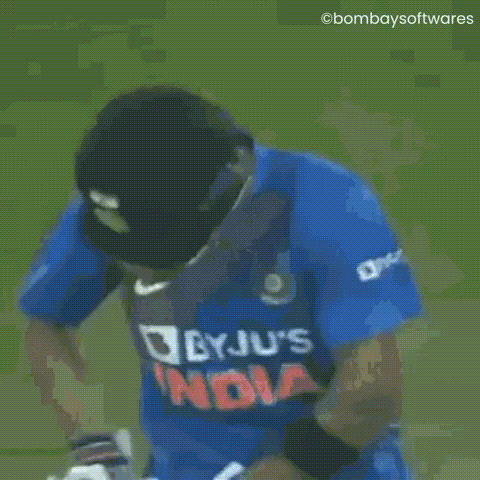
17. Here is what the current ranking list looks like with respect to which teams are leading the ODI World Cup 2023:
1. New Zealand
2. India
3. South Africa
4. Australia
5. Pakistan
6. England
7. Bangladesh
8. Netherlands
9. Afghanistan
10. Sri Lanka
18. India has 5 upcoming matches left before the finals. Firstly, with New Zealand, then with England, Sri Lanka, South Africa and Netherlands.
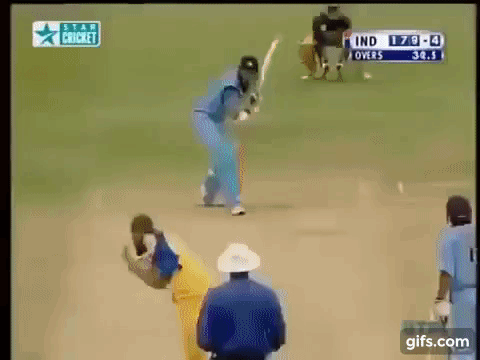
19. The pitch ends alternate after ever over.
20. For the One-Day Internationals where there are 50 overs, each bowler gets 10 overs.
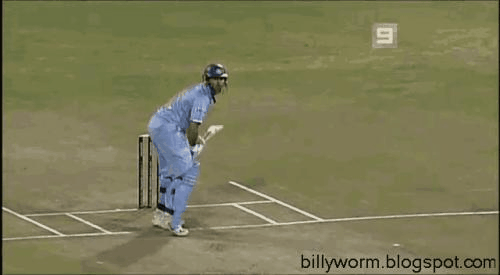
21. Prior to 1987, there used to be 60-over-matches, but later it was reduced to 50.
22. Most of the World Cup tournaments have been hosted by nations from South Asia in 1987, 1996, and 2011, Australasia in 1992 and 2015, Southern Africa in 2003 and West Indies in 2007.
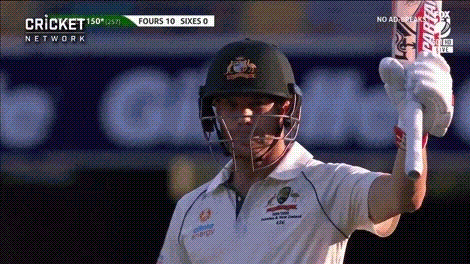
23. The One-Day International World Cup trophy is 65 cm tall and weighs 11 kg.
24. Apparently, the winners get a replica of the original trophy. The original is taken back to the ICC headquarters in UAE.
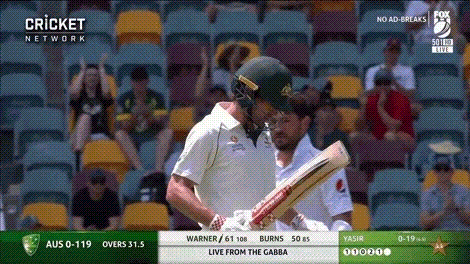
25. This is what different notations mean in cricket:
1. (300/3) means a team scored 300 runs for 3 wickets, and that the innings was closed.
2. (300) means that a team scored 300 runs and was all out. This may have occurred either while losing 10 wickets or because one or more batsmen were unable to bat the lost the wickets.
3. (100) means that a batsman scored a 100 runs and was out.
4. (100*) means that a batsman scored a 100 and was NOT out.
5. (5/100) means that a bowler has captured 5 wickets while giving away a 100 runs.
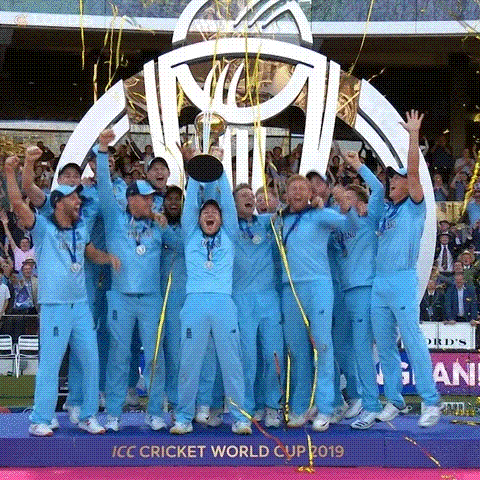
We hope those of you who know nothing about cricket, feel a sense of belonging after you’re done reading through this!

















